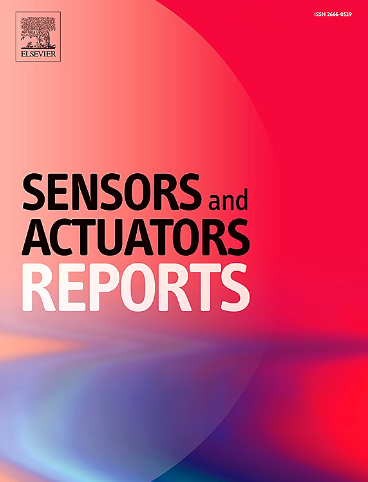Polymer brushes for sensing in food systems: Opportunities and challenges span from organophosphorus pesticide to pathogen detection
IF 7.6
Q1 BIOTECHNOLOGY & APPLIED MICROBIOLOGY
引用次数: 0
Abstract
Polymer brushes are tethered nanomaterial surface coatings that have important applications in smart release systems, pollutant degradation technologies, and sensors. Most applications of brushes have been in the medical domain, but there is an exciting opportunity to develop responsive interfaces for sensor applications in food systems. In this review article, we summarize common synthesis approaches as well as general mechanisms for stimulus-response behavior. We discuss emerging opportunities and challenges for polymer brush sensors in detection of six key targets in the food system: VOCs, nutraceuticals and bio-active compounds, pesticides, inorganic phosphates and other food additives, proteins such as allergens, and pathogens. Specific to food systems, major challenges include sample (matrix) complexity, material sustainability for sensor development, scalability of polymer brush synthesis, regulatory approval, and trust/transparency in new automated decision support approaches. Here, we also highlight general opportunities and challenges in polymer brush sensing related to advancing cyber-physical systems via decision support systems based on AI. Rapid sensing is crucial for monitoring systems in the farm-to-fork continuum. Polymer brushes are poised to play a key role in development of advanced interfacial control systems in smart sensor systems, opening new doors toward real time monitoring.

用于食品系统传感的聚合物刷:从有机磷农药到病原体检测的机遇和挑战
聚合物刷是一种系留纳米材料表面涂层,在智能释放系统、污染物降解技术和传感器中有着重要的应用。刷子的大多数应用都是在医疗领域,但在食品系统的传感器应用中开发响应式接口是一个令人兴奋的机会。在这篇综述文章中,我们总结了常见的合成方法以及刺激-反应行为的一般机制。我们讨论了聚合物刷传感器在检测食品系统中六个关键目标方面的新机遇和挑战:挥发性有机化合物、营养药品和生物活性化合物、农药、无机磷酸盐和其他食品添加剂、蛋白质(如过敏原)和病原体。具体到食品系统,主要挑战包括样品(矩阵)的复杂性、传感器开发的材料可持续性、聚合物刷合成的可扩展性、监管批准以及新的自动化决策支持方法的信任/透明度。在这里,我们还强调了与基于人工智能的决策支持系统推进网络物理系统相关的聚合物刷传感的一般机遇和挑战。快速传感对于从农场到餐桌的连续监测系统至关重要。聚合物刷将在智能传感器系统的先进接口控制系统的发展中发挥关键作用,为实时监控打开新的大门。
本文章由计算机程序翻译,如有差异,请以英文原文为准。
求助全文
约1分钟内获得全文
求助全文
来源期刊

Sensors and Actuators Reports
Multiple-
CiteScore
9.60
自引率
0.00%
发文量
60
审稿时长
49 days
期刊介绍:
Sensors and Actuators Reports is a peer-reviewed open access journal launched out from the Sensors and Actuators journal family. Sensors and Actuators Reports is dedicated to publishing new and original works in the field of all type of sensors and actuators, including bio-, chemical-, physical-, and nano- sensors and actuators, which demonstrates significant progress beyond the current state of the art. The journal regularly publishes original research papers, reviews, and short communications.
For research papers and short communications, the journal aims to publish the new and original work supported by experimental results and as such purely theoretical works are not accepted.
 求助内容:
求助内容: 应助结果提醒方式:
应助结果提醒方式:


